One thing that is for certain of our lives, from the moment we are born we shall surely die. Whilst many tend to shy away from the topic and have a heavy superstition/ aversion to cemeteries I find beauty from the way we honor those who have departed.
As a writer and creative person I draw much of my inspiration from stories of the dead, the macabre or unusual. However, this does not mean I like death or horrific stories. In fact, I get a sense of melancholy other the tombs often long forgotten by time. It is by reading there name that the memory lives again for a brief moment.
Graveyards play an important role in society as cultural and historical landmarks, preserving the memory of individuals who lived before us. They offer a glimpse into the cultural and social norms of past times and the beliefs and values held by those who lived in different eras. Visiting a cemetery can be a way to connect with the past and pay homage to those who have come before us.
Furthermore, graveyards possess a unique and haunting beauty, filled with history and memories of the past. The rows of headstones and monuments, often draped in moss and surrounded by greenery, create a peaceful atmosphere that invites reflection and contemplation. They serve as a reminder of our own mortality and the transience of life.
In recent years, I have become something of a Tombstone Tourist. Although niche it is not as bizarre as one might presume. After all, Graveyards also often serve as outdoor museums, showcasing a wide range of art and architecture, from classical sculptures to elaborate mausoleums. The designs and inscriptions on these monuments can provide insights into the lives and personalities of those they commemorate.
In addition to their aesthetic and historical value, graveyards also play a spiritual and emotional role in people’s lives. They provide a place for mourning and remembrance, and offer comfort to those who have lost loved ones.
I often argue that, graveyards are more than just places of death, they are sites of beauty, history, and reflection that hold significant meaning for individuals and communities.
I have currently visited some of the world renowned cemeteries across the world. These range from Highgate Cemetery, Glasgow Necropolis, Sleepy Hollow Cemetery, The Green Wood Cemetery, St Louis Cemetery No. 1, Arlington National Cemetery, Pere Lachaise and Les Catacombes de Paris.
In honor of my tombstone tourism I am including a blog post regarding my two favorite cemeteries.
Highgate Cemetery, London
I first visited Highgate Cemetery on a crisp autumn day, the leaves had yet to golden allowing greenery to cover much of the view point of London. Highgate Cemetery is an overgrown necropolis overrun by ivy and dripping with gothic beauty. Hardly a surprise given its enriched history.
In the 1800’s London became densely populated, as a result the amount of deaths soared leaving no room for burial within the city. With little room to bury the dead authorities agreed something had to be done fearing public health safety. Struggling to find allotted spaces to bury people the parliament passed an act that seven cemeteries would be built that acted purely as burial sites. These graveyards include Kensal Green, West Norwood, Abney Park, Brompton, Nunhead, Tower Hamlets and Highgate. Highgate cemetery opened in 1939 and it is said there are around 53000 graves on the site.
Highgate cemetery owns two large plots of land. The west side of the cemetery which dates back to the Victorian era with catacombs, crypts and mausoleums. By comparison the east side is relatively new and was built as an extension to the original cemetery. Both sides of Highgate Cemetery home some famous corpses that can and offer different historical value to visitors.
With the twisting pathways and nature torn tombs Highgate cemetery is well worth the visit. If you are like me you might be slightly annoyed that to view the west side of the cemetery you had to have a guided tour, especailly if you want to explore the grounds. Tours are often booked out, so it is best to organize your trip to Highgate beforehand, epescially if you are travelling on public transport. The eastern grounds are open to the public without a tour with an entry price of £4.50. However, if you want to see the west side, which is undeniably the more superior and interesting to view, then you will need to have booked a guided tour. Guided tours also include entrance to both sides of the cemetery.
It took three years to build the west cemetery. After the opening time all the church graveyards were closed and if you had money you could go to one of the seven cemeteries such a as Highgate. However, if you were poor you would be sent to Brookwood cemetery which is in Surrey. There was a train called the necropolis train which was built to transport corpses to Surrey. On the train there were places for the upper class to the poor. I personally find the idea of the necropolis train is even more spooky then the cemetery. It is certainly something that should be explored more in future posts and short stories.
By 1854, the cemetery became so profitable that it was extended by a further 20 acres, creating the east cemetery. With the western side becoming overcrowded it was decided to move some of the burial sites. In order to move the corpses from the western cemetery, a tunnel was built to avoid taking the bodies out of the ground which was viewed as a bad omen.
The modern famous people are on the eastern side, these include Malcom Mclaren (manager of the Sex Pistols) , Douglas Adams (author of hitchhiker’s guide to the galaxy; make note on the pens later), Bruce Reynold’s (one of the great train robbers), Karl Marx (creator of Marxism and father of communism).
Having visited both sides of the cemetery I can attest that the west side is the superior ground, this isn’t surprising given the history involved. Highgate was a commercial enterprise and one the main enterprises was architecture. One of the founders of the cemetery was Stephen Geary, a famous British architect famed for commissioning the Egyptian Avenue.
Egyptian avenue
Robert Geary thought the Egyptian styled architecture would be appealing to the public which was the trending in England during this era of time, this was when the Rosetta Stone was just bought to London. The avenue houses several tombs which are shrouded in darkness due the trees covering the roof.
Circle of Lebanon
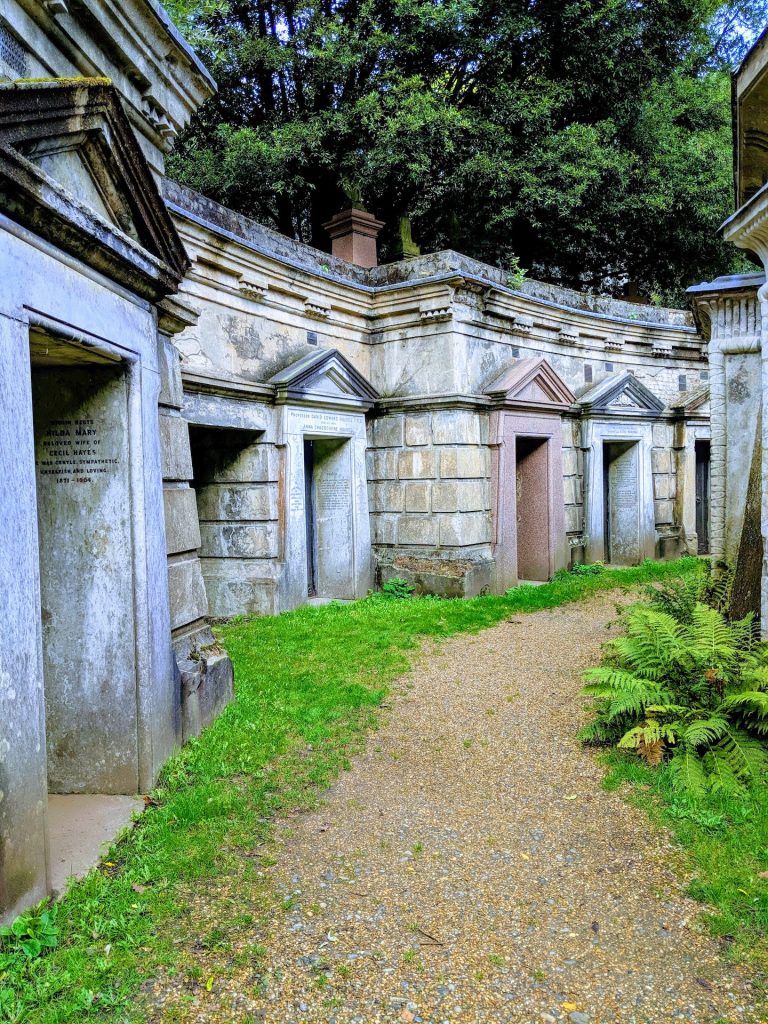
The Circle of Lebanon is filled with its own set of interesting history dating back to the 1830s. It is particularly noticeable after being used in the 2018 film Fantastic Beasts: The Crimes of Grindelwald. Interestingly the scene in the movie is supposed to be set in Pere Lachaise cemetery in Paris.
One of the the things I found really endearing about the cemetery was how nature had merged together with the tombs and gravestones. It gives a poetic mixture of death and life coming tpogether. Overgrown ivy scales up gravestones and trees have caused some tombs and gravesite to tumble or move in it’s wake. Of course this was not always the case.
During the 1920’s the cemetery became unprofitable and the company managing the cemetery no longer had time to invest in the graveyard. As a result, it was abounded for almost thirty years. During this time no one was maintaining the grounds as a result some of the tombs have fallen into disrepair from looters and vandals. Stories surfaced about the occult practicing witchcraft of satanic rituals. It was reopened in the 1970’s by the council who still maintains the cemetery to this day. By the end of 30 years saplings had grown in large trees creating a forest around the cemetery.
In fact, the cemetery once worked as view point of Central London. The Terrace of Catacombs still hold gothic beuty regardless of the obstructed viewpoint. Again I found a poetic symtery to the history. Despite the many deaths from World War 2, life had prospered which now obstructs the view of the city.
Pere Lachaise, Paris
I had the chance to explore the peaceful city of the dead in Paris early one morning last August. The cemetery itself varies wildly from fields of headstones to winding pathways between tombs signposted with street names, like a bizarre neighbourhood. Pere Lachaise cemetery Paris is the largest cemetery in France and is the most visited necropolis in
the word, with over 3.5 million people visiting the burial grounds, crematorium, and columbarium annually. Among the 1 million people laid to rest there, you will find the elegant final resting place of Edith Piaf, Jim Beam bottles lining Jim Morrison’s floral bed, and the lipstick-stained grave of Oscar Wilde, as well as many others.
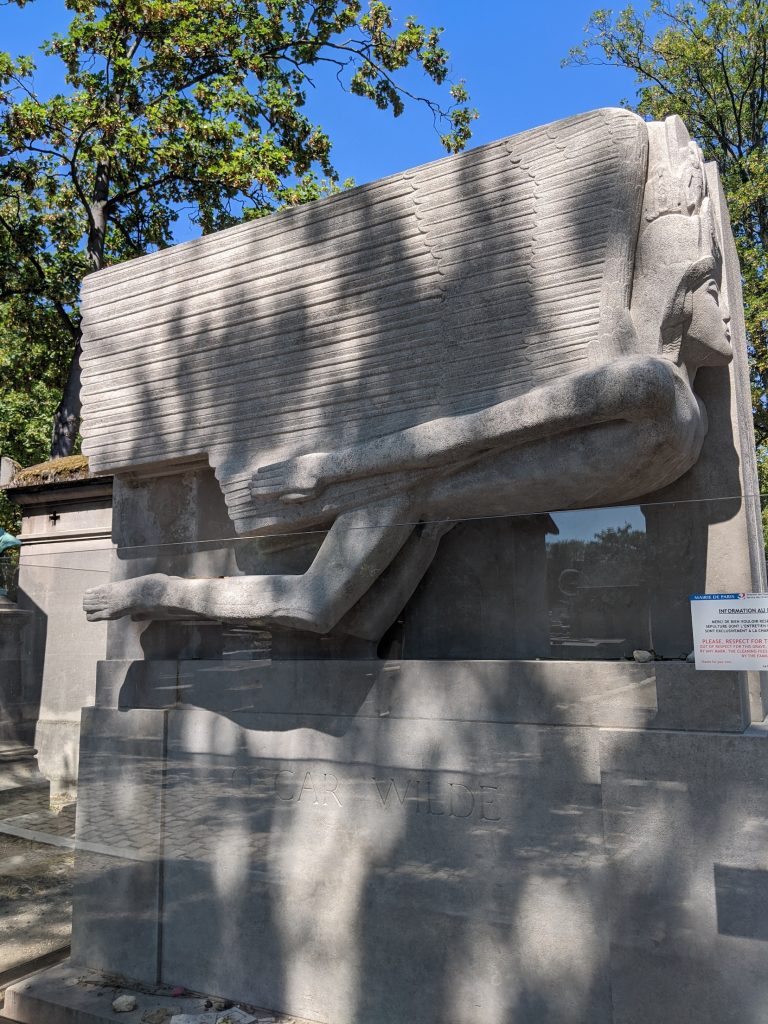
Oscar Wilde’s Tombe
One especially notable grave is that of Victor Noir, a 19 th Century political journalist and martyr for the Republic. A recumbent bronze effigy of Victor lies atop his grave as though he has just been shot, hat fallen to the side and eyes closed. However, while his grave draws many visitors, it’s another part of his anatomy that gets the most attention. His sculpted trousers bear a rather prominent below-the-belt bulge which has a myth all of its own; it’s said that placing a flower in the upturned hat while kissing the statue’s lips and rubbing the cryptoid crotch will enhance your sex life.
If rubbing bronze knobs isn’t your style, perhaps potatoes are? The grave of 19 th Century potato promoter Antoine-Augustine Parmentier is found in Division 39 of Pere Lachaise on a plot of land planted with potato plants, and is often decorated with potatoes left by carb-loving visitors. No mythological action here; only those giving thanks to the man without whom we’d probably not have chips.
The graveyard is a gallery of the most stunning funerary art and sculptures celebrating death and loved ones who have passed. An intrigue of angelic statues, a couple reunited for eternity, and even the effigy of a man holding his wife’s head.
As well as unusual graves, beautiful tombs, and stunning sculptures, the cemetery itself boasts around 5,000 trees and 110 acres of land, so it’s a stunningly green space to explore; a breath of fresh air from the bustling Paris city centre.
Tombstone Tourist Highlights
Greyfriars Kirkyard cemetery is a must-visit destination for those interested in history, and the human-animal bond. The cemetery is not only a place of rest for those who have passed away, but it is also a place of historical significance and a cultural landmark in Edinburgh. Here are a few reasons why you should visit Greyfriars Bobby Cemetery:
- Pay tribute to a legendary dog: Greyfriars Bobby’s statue is a popular tourist attraction and is a tribute to the faithful dog who stayed by his master’s grave for 14 years. Visitors can take a picture with the statue and learn about the inspiring story of the dog’s devotion.
- Explore Edinburgh’s history: Greyfriars Kirkyard cemetery is one of the oldest in Edinburgh, with many of its gravestones dating back to the 16th century. Visitors can learn about the history of the city and its people by exploring the graves and reading the inscriptions.
- Immerse in local culture: Greyfriars Bobby Cemetery is a beloved cultural landmark in Edinburgh and visiting it is a way to immerse oneself in the local culture and understand the city’s identity and values.
Visiting Greyfriars Bobby Cemetery is a unique opportunity to learn about the past, connect with the present, and appreciate the human-animal bond.
The Glasgow Necropolis is a historic cemetery located in the heart of Glasgow, Scotland. It is a fascinating and unique destination that offers visitors the opportunity to explore the city’s rich history, cultural heritage, and natural beauty. Here are a few reasons why you should visit the Glasgow Necropolis:
- Discover the city’s history: The Glasgow Necropolis is one of the largest Victorian cemeteries in Europe and is home to over 50,000 graves, including those of notable figures from the city’s history such as politicians, artists, and industrialists. Visitors can learn about the history of Glasgow and the people who shaped its growth and development.
- Marvel at the architecture: The Glasgow Necropolis is a stunning example of Victorian cemetery architecture, with its towering monuments, elaborate sculptures, and impressive mausoleums. Visitors can admire the beauty of the cemetery and appreciate the craftsmanship of the monuments.
- Enjoy stunning views of Glasgow: The Glasgow Necropolis is located on a hill overlooking the city and offers breathtaking views of Glasgow and its surrounding areas. Visitors can enjoy a panoramic view of the city and appreciate its beauty from a different perspective.
- Learn about death and memorials: The Glasgow Necropolis is a unique and fascinating place that offers insight into Victorian attitudes towards death and memorialization. Visitors can learn about the cultural and historical significance of the cemetery and understand how it reflects the values and beliefs of the time.
If you feel the urge to escape the bustle of Manhattan take a quick train ride to the charming Tarrytown. Many flock to Sleepy Hollow over Halloween to celebrate the story of the mythical Headless Horseman. If you stray from the main town you will find the Sleepy Hollow Cemetery is a historic cemetery located in Sleepy Hollow, New York. Here are a few reasons why you should visit Sleepy Hollow Cemetery:
- Explore history and literature: Sleepy Hollow Cemetery is famous for its association with the iconic story of “The Legend of Sleepy Hollow” by Washington Irving. Visitors can see the grave of Irving and learn about the connection between the cemetery and the famous story.
- Admire historic monuments: The cemetery is home to many historic monuments and sculptures, including elaborate mausoleums, impressive obelisks, and stunning memorials. A highlight for me was the Rockefeller tombe. Visitors can appreciate the beauty and craftsmanship of the monuments and learn about the people they commemorate.
- Learn about local history: Sleepy Hollow Cemetery is the final resting place for many notable figures from the area’s history, including military officers, politicians, and artists. Visitors can learn about the people who shaped the history of Sleepy Hollow and the surrounding area.
Visiting Sleepy Hollow Cemetery is a unique opportunity to discover the rich history and cultural heritage of the area, admire beautiful monuments, and enjoy a peaceful and serene setting. Whether you are a history buff, a fan of Washington Irving’s stories, or simply looking for a peaceful place to spend some time, Sleepy Hollow Cemetery is definitely worth a visit.
Green-Wood Cemetery is a historic cemetery located in Brooklyn, New York. This calm reprieve offers hillside views of Manhattan and allows visitors to escape the bustle of city life. Here are a few reasons why you should visit Green-Wood Cemetery:
- Discover history and famous residents: Green-Wood Cemetery is the final resting place for many notable figures from the city’s history, including musicians, politicians, artists, and business leaders. Visitors can explore the graves of these famous residents and learn about their contributions to the city’s history and culture.
- Learn about death and memorialization: Green-Wood Cemetery is a fascinating place that offers insight into the cultural and historical significance of death and memorialization. Visitors can learn about the history of the cemetery, the monuments, and the stories of the people who are buried there.
- Attend cultural events: Green-Wood Cemetery is not just a place of rest for the dead, but also a cultural destination that hosts a variety of events, including concerts, guided tours, and special exhibitions. Visitors can participate in these events and learn more about the cemetery’s rich history and cultural heritage.
Brompton Cemetery is a historic cemetery located in West London, England. It was opened in 1840 and is one of the seven large cemeteries established around the city during the 19th century to address the growing need for burial space in the capital. The cemetery was designed by architect Benjamin Baud and covers an area of 39 acres.
Brompton Cemetery is one of the most important Victorian cemeteries in the world and is recognized as a notable example of the Gothic Revival style of architecture and landscape design. The cemetery features an impressive entrance arch, a central chapel, and a number of elaborate monuments and mausoleums. The cemetery is also home to a variety of plant species, including mature trees, shrubs, and flower beds, which enhance the beauty and tranquility of the cemetery.
The cemetery is the final resting place for many notable figures from the city’s history, including military leaders, artists, philanthropists, and politicians. Some of the most famous residents of Brompton Cemetery include the author George Eliot, the composer Sir Arthur Sullivan, and the suffragette Emily Davison.
Brompton Cemetery is also an important cultural and educational resource, offering visitors the opportunity to learn about the history of the cemetery, the cultural and historical significance of death and memorialization, and the stories of the people who are buried there. The cemetery is open to the public and hosts a variety of events and activities, including guided tours, musical performances, and special exhibitions.

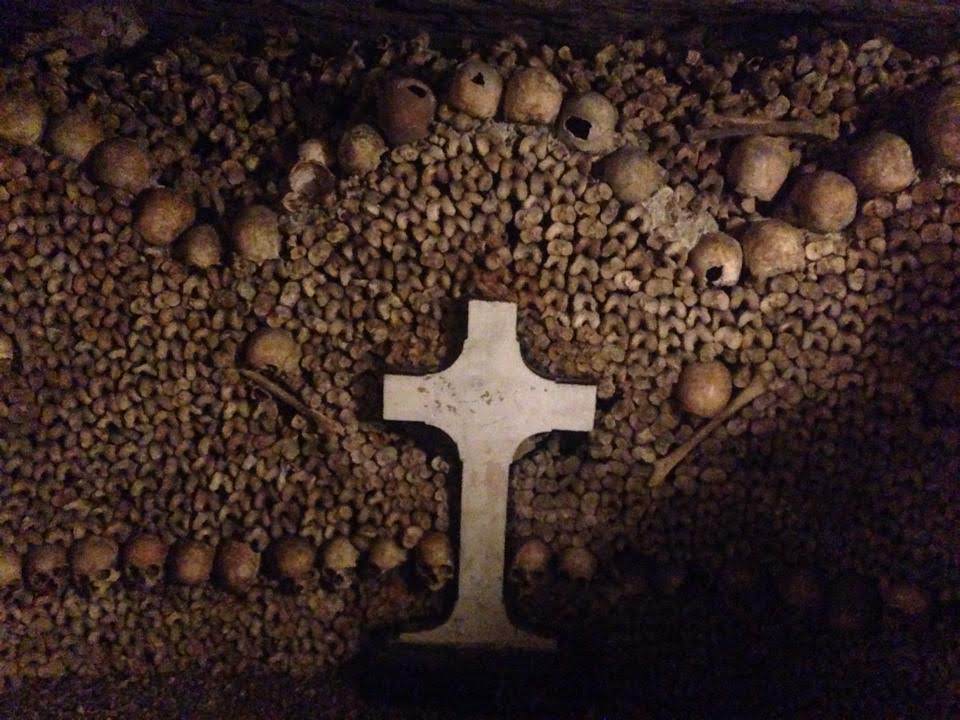
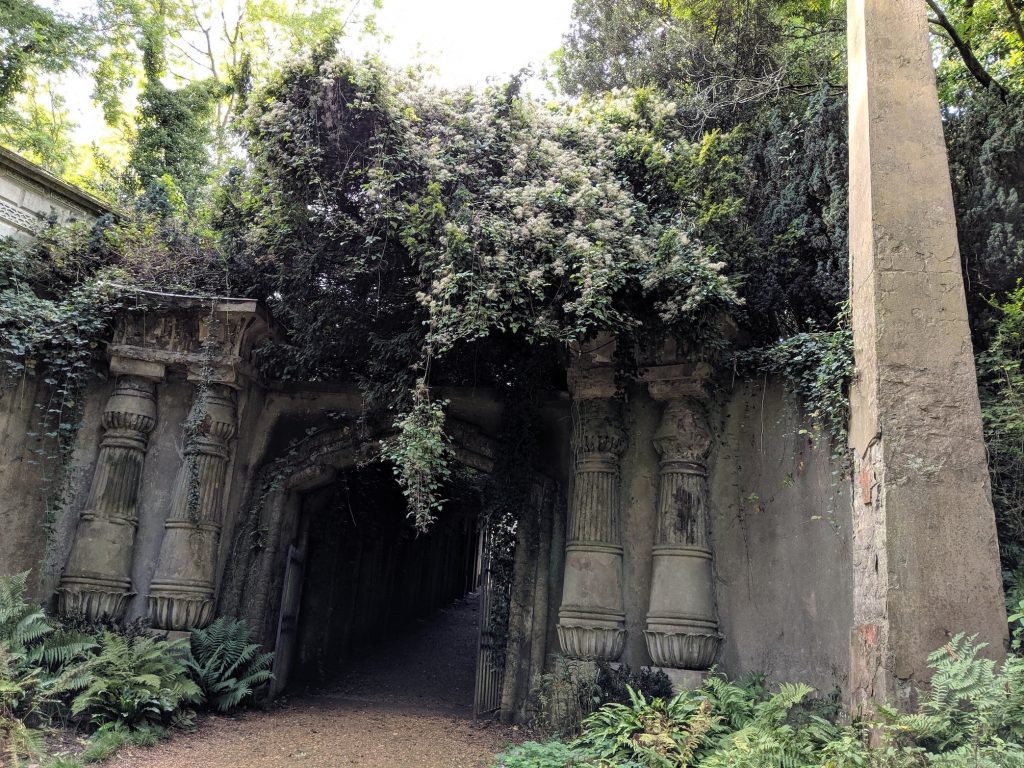
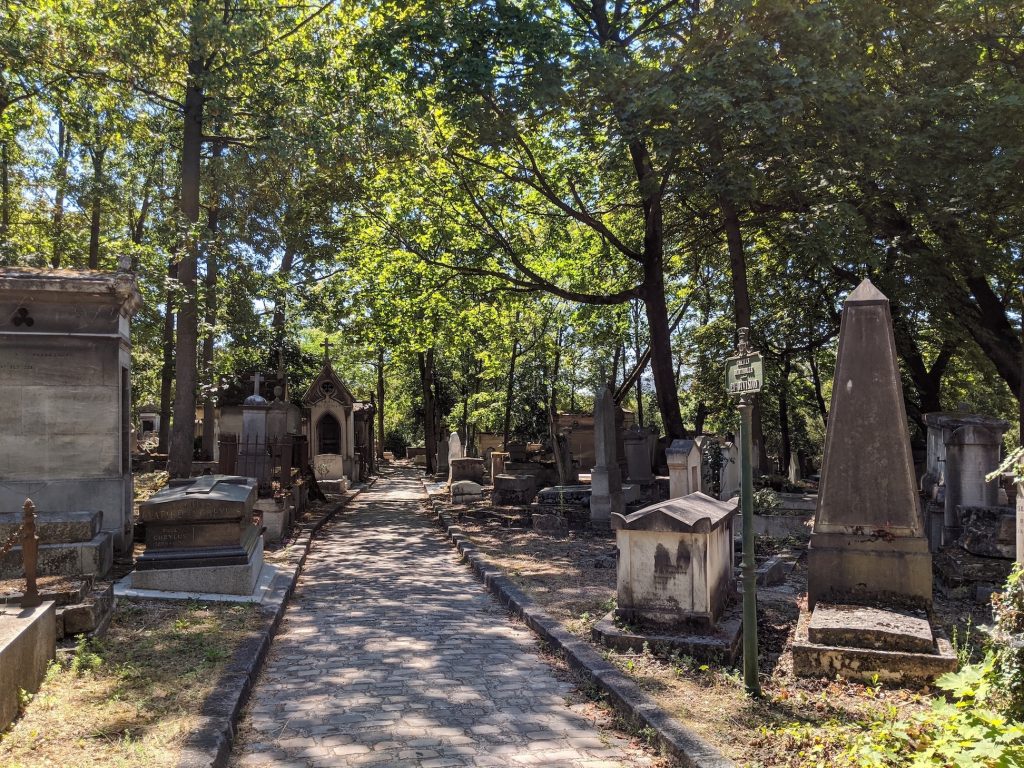
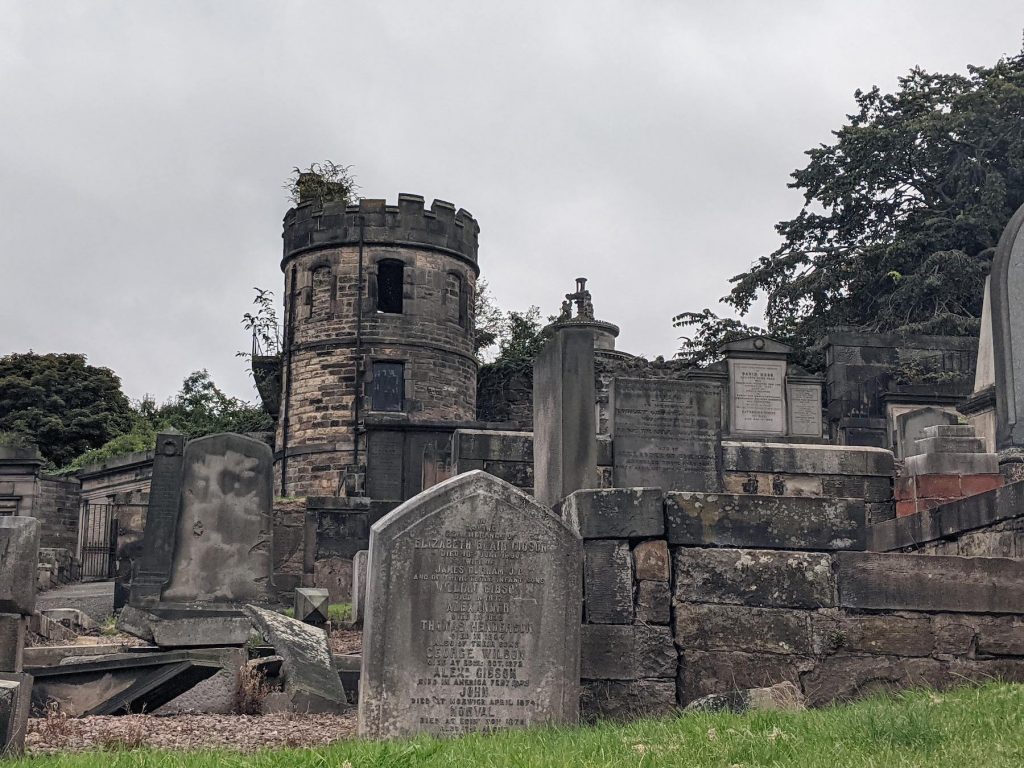
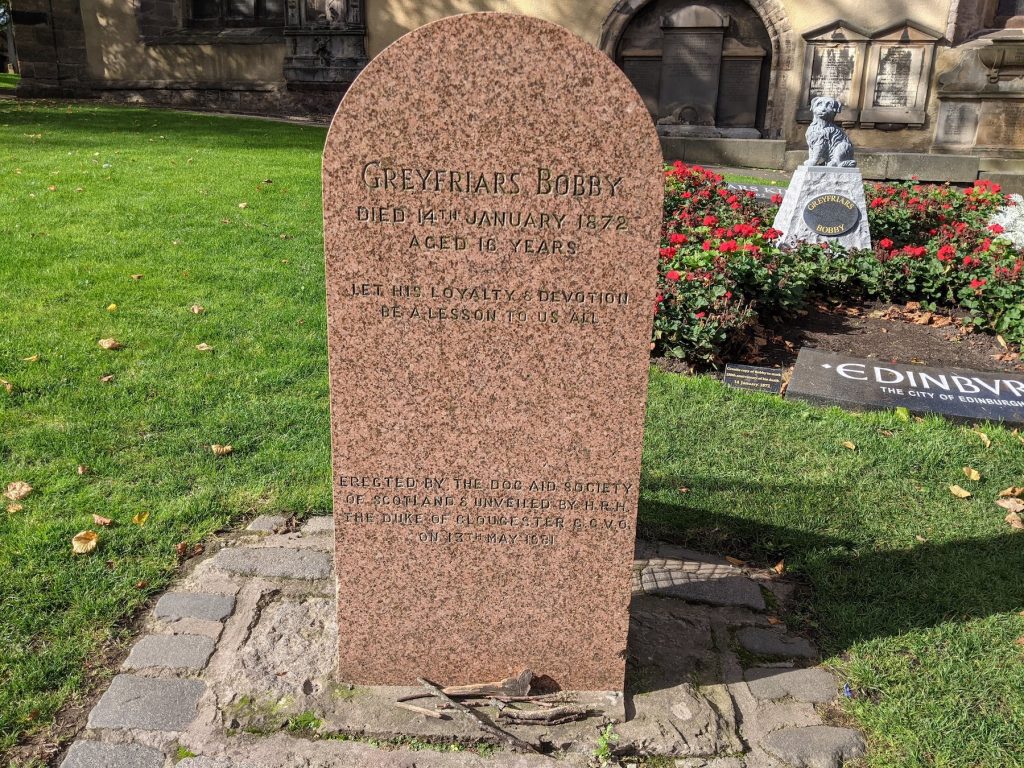
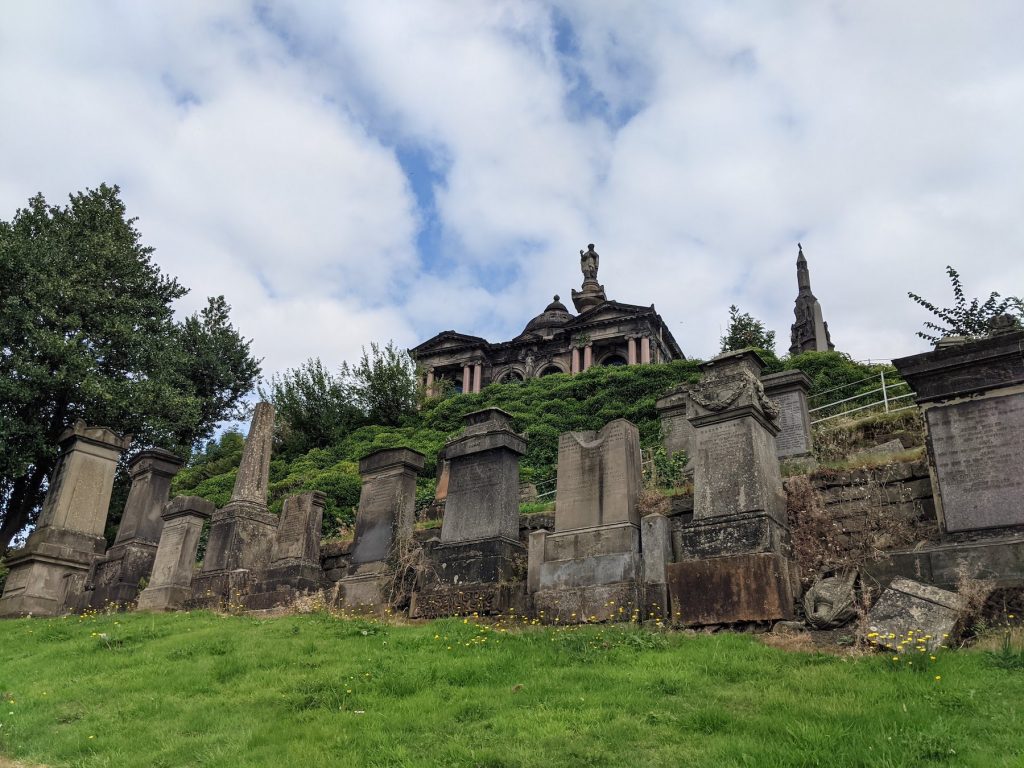
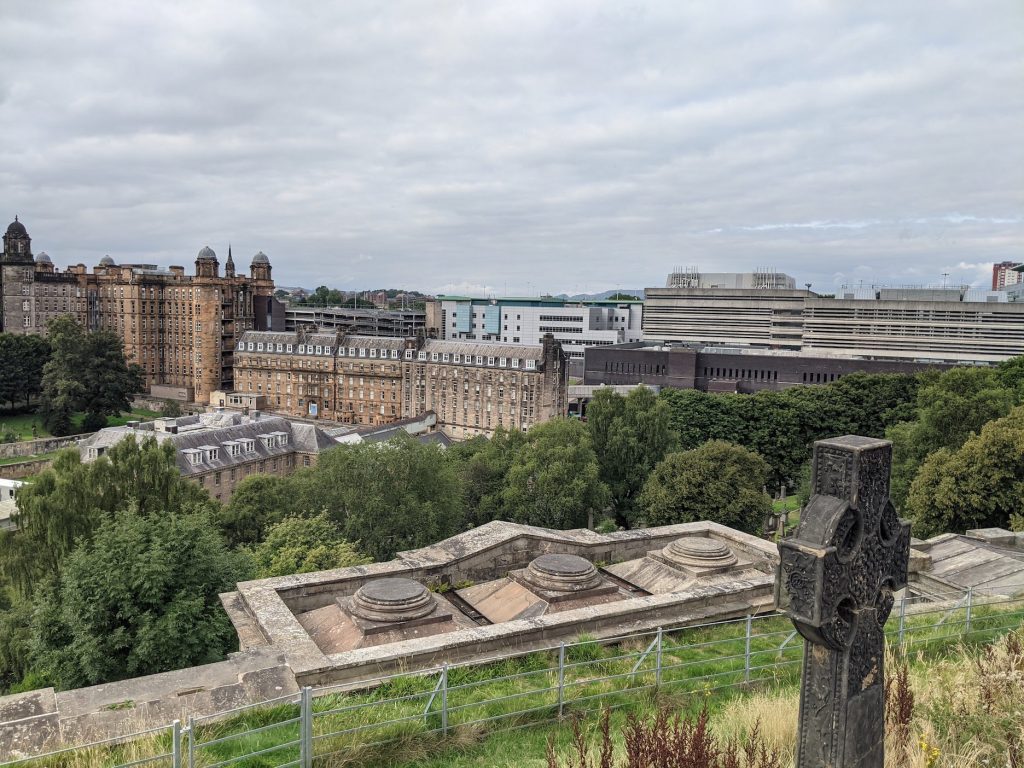
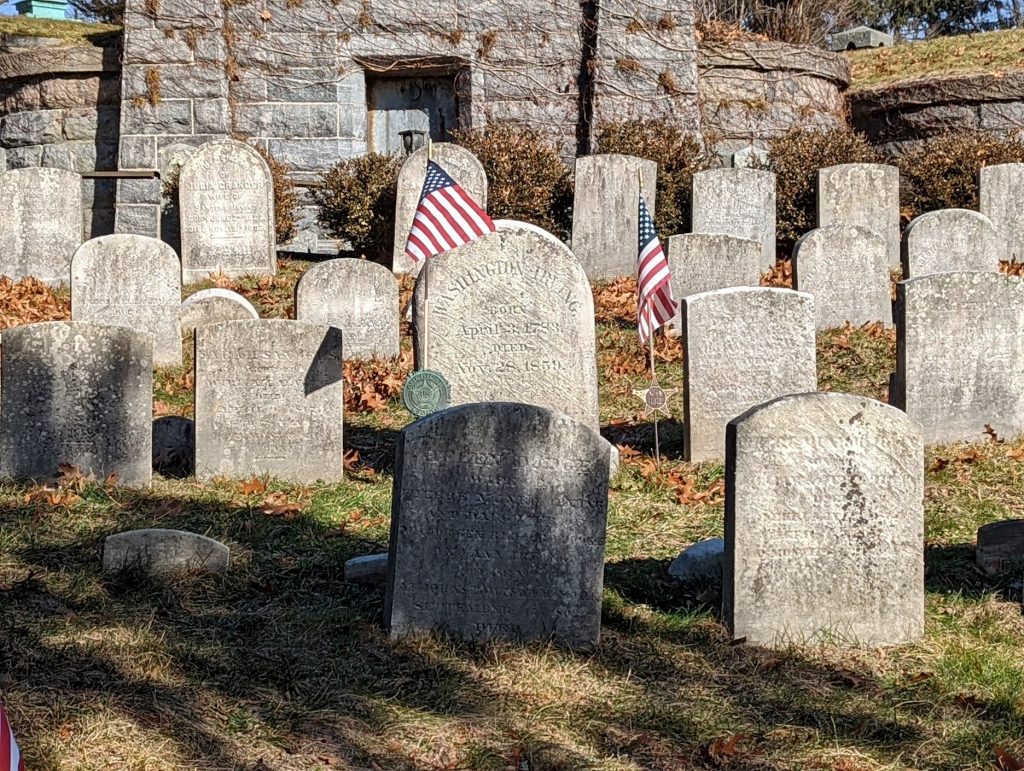
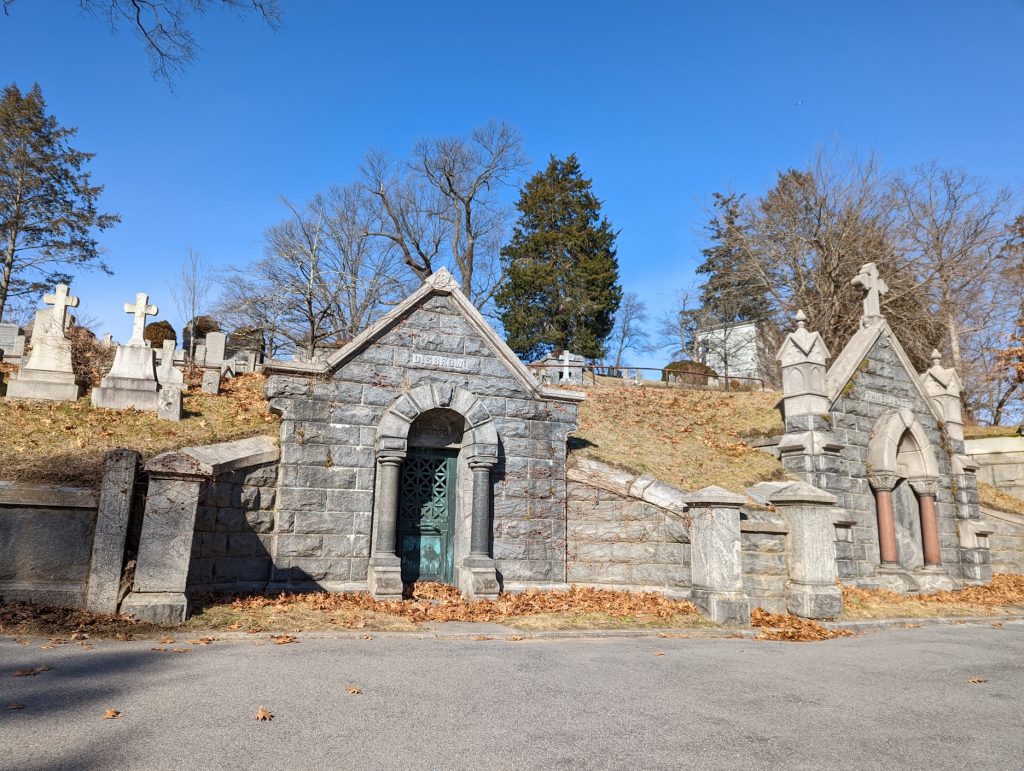
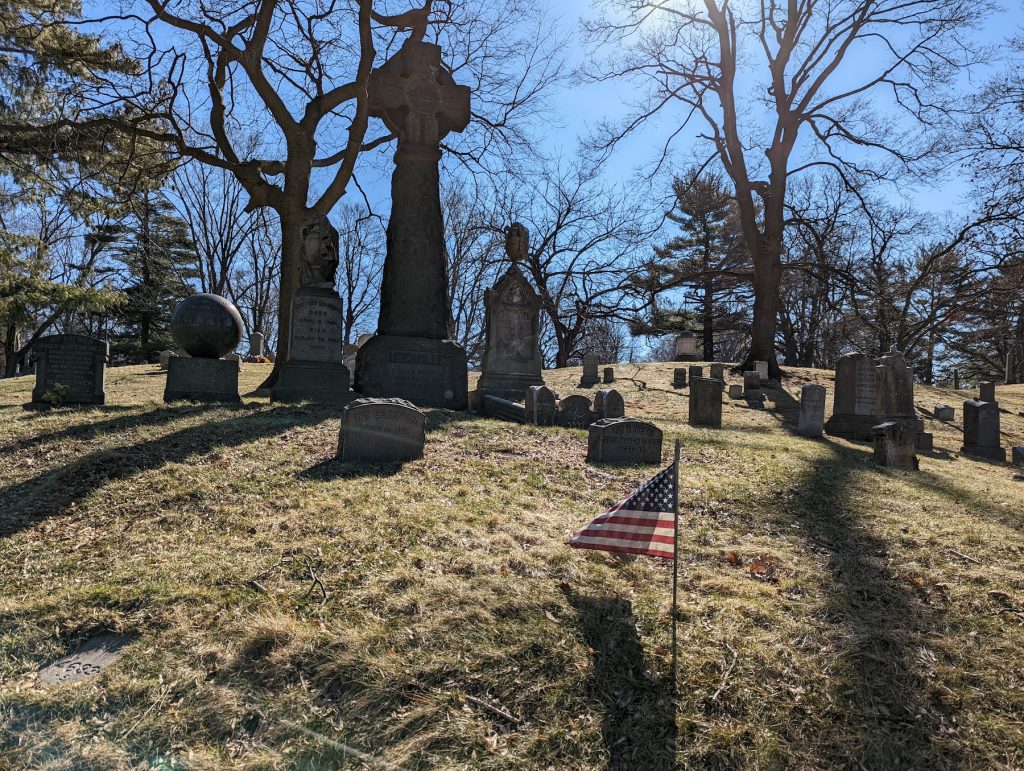
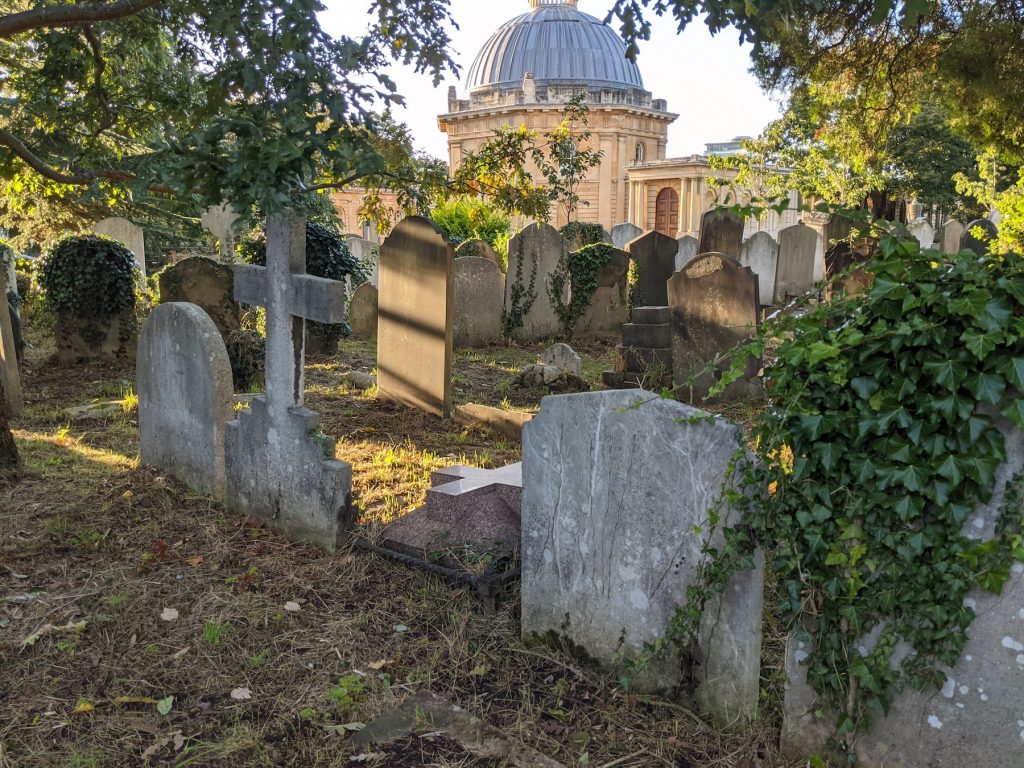
Be First to Comment